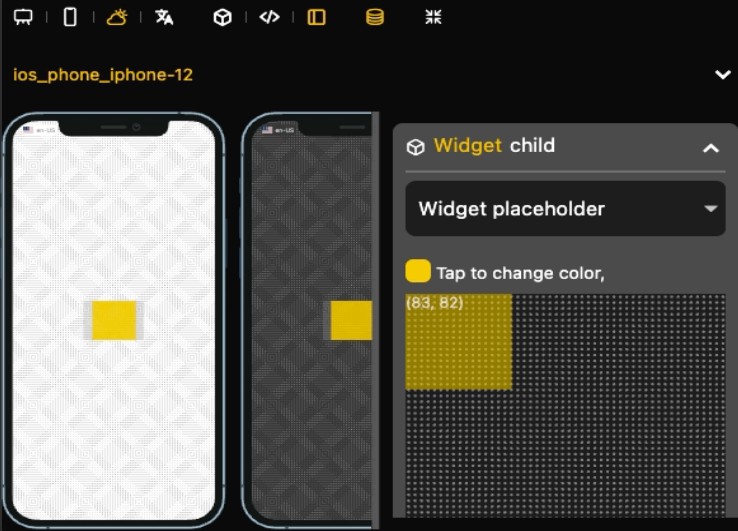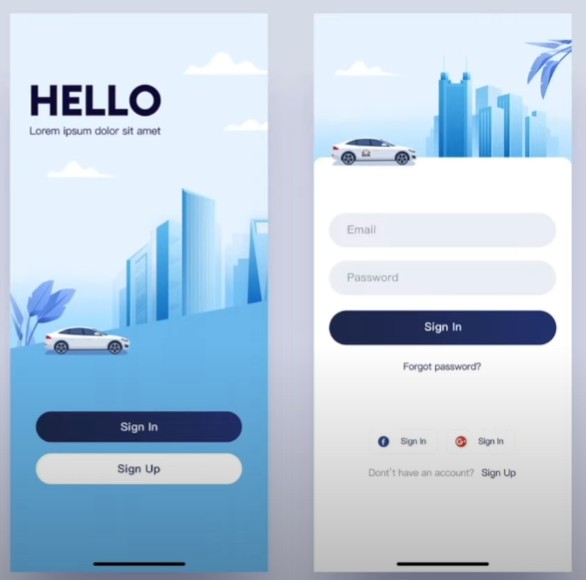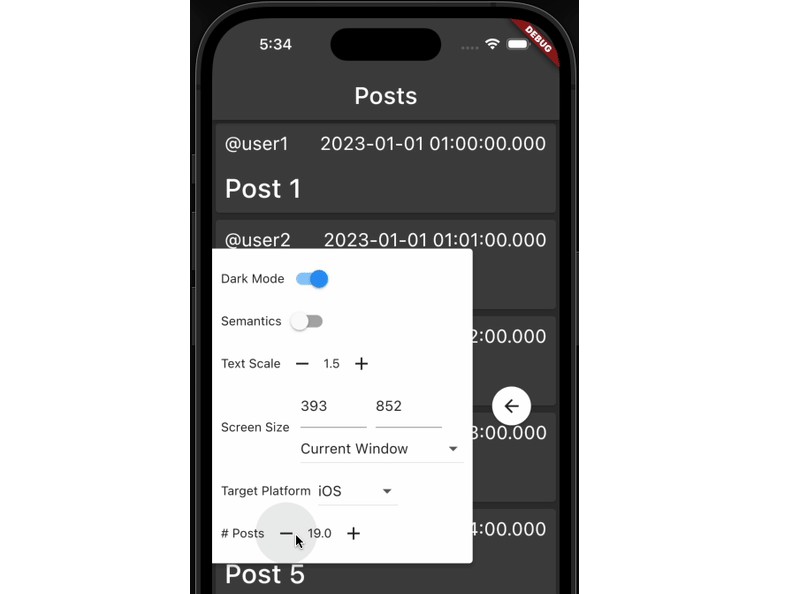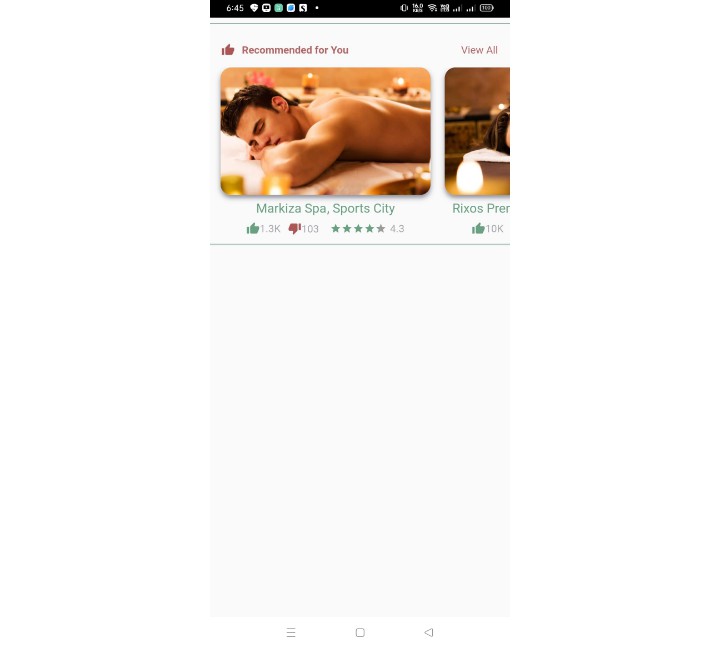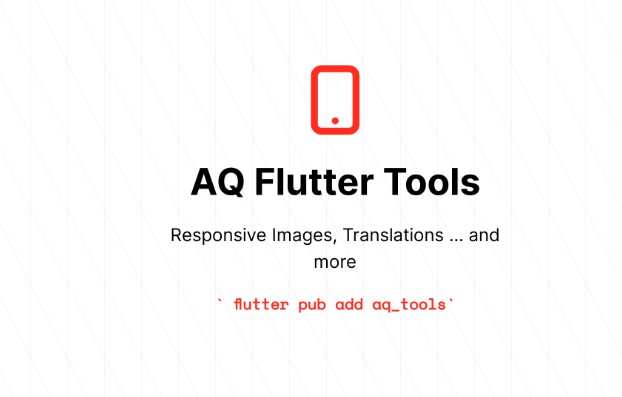flutter_design
flutter_design contains packages to help you bootstrap your design system with a well defined framework and code generation/CLI toolchain. It also contains a powerful design system viewer to let you visualize and interact with your design system.
Demo
Checkout the generated viewer app https://flutter-design-7b479.web.app/ using the example code.
Features
Here are the key objectives of the project:
- Provide tools to create a design system and a simple workflow to document/visualize it
- Provide a guideline/classes to build the system
- Provide a code generator to reduce boilerplates
- Provide a CLI to speed up and organize widgets (TBD)
- Provide a powerful design viewer with the following core features
- Cross-platform: visualize on web/desktop/mobile
- Complete design documentation system
- Book-like structure & fully integrated search (currently only supporting in-memory search, with an interface inspired by https://www.algolia.com/ref/docsearch/)
- Visualize UX in multiple synchronized frames (user interaction such as scroll, tap, drag is propagated) across
- Different device frames
- Different theme frames
- Different locale frames
- Runtime data configuration: you can easily "try-out" different data in runtime, e.g. Color, Values, or even Widget! It is also possible to create your own data generator.
The UX and design is inspired by Wanda Design System.
Basic integration
First, on your code base (where you will implement your design system/widgets) you have to add the following dependencies to your pubspec.yaml:
dependencies:
#...
flutter_design:
dev_dependencies:
#...
build_runner:
flutter_design_codegen:
Then you would need to annotate the widgets you want to integrate in the design system viewer using the @design annotation. Yes, it's that easy!
@design
class SpecialWidget extends StatelessWidget {
...
}
After running flutter packages pub run build_runner build --delete-conflicting-outputs the catalogs will be generated:
/lib/**/*.design.dart: generated widget component pagesfor the partial file.lib/page_factory.design.dart: this contains the aggregatedgeneratedComponentPagesthat can be directly pass to the DesignSystemViewerApp described later.
Finally you can create a flutter designer app (currently supporting Android, iOS, Web, macOS, Windows) to host the design system viewer by adding the following dependencies to the pubspec.yaml
dependencies:
#...
your_package:
flutter_design:
flutter_design_viewer:
Then you need to basically setup the design system viewer in your app using the generatedComponentPages along with some other settings you might want to configure:
enabledLocalesthe locales your design system supportsenabledThemestheThemeDatayour design system supports
You can also customize the pages by creating static or dynamic contents. For more information, please check the docs.
setPathUrlStrategy(); // Recommended to make history browsing work better in web
runApp(
DesignSystemViewerApp(
settings: ViewerSettings(
enabledLocales: {
'en-US': const Locale('en', 'US'),
},
enabledThemes: {
'light': ThemeData.light(),
'dark': ThemeData.dark(),
},
),
pageGroups: buildComponentPageTree(componentPages: generatedComponentPages),
),
);
That's it! You can then run your designer app on any supported platform. You can checkout some of the screenshots below or rather check the demo app :P
